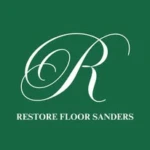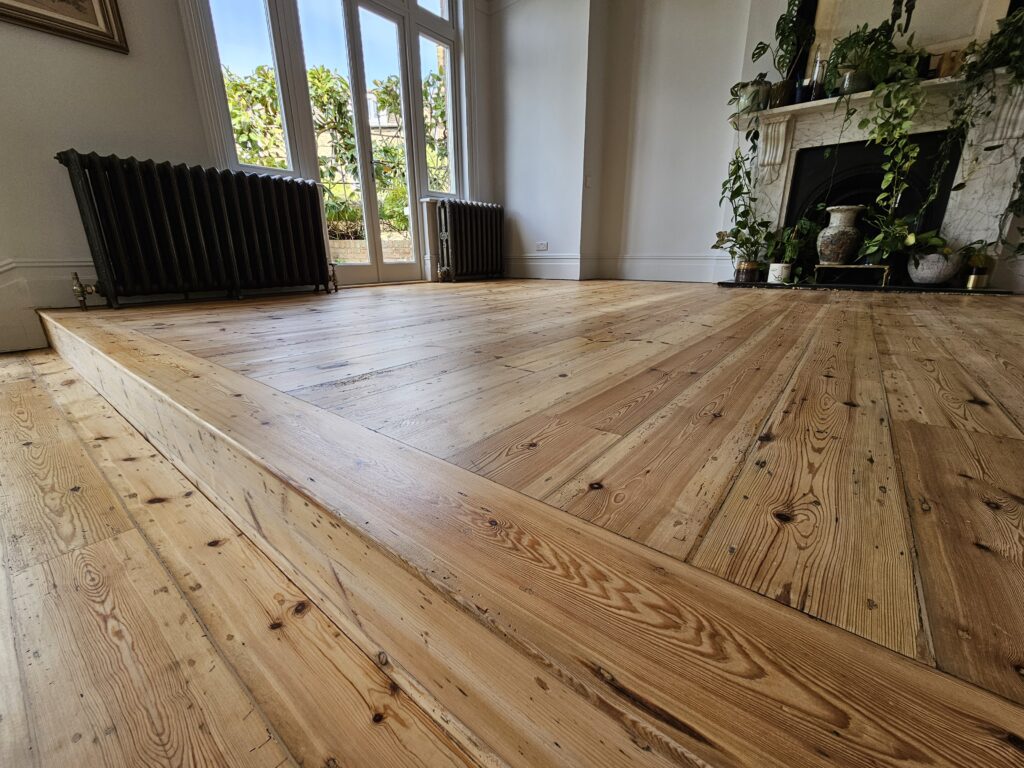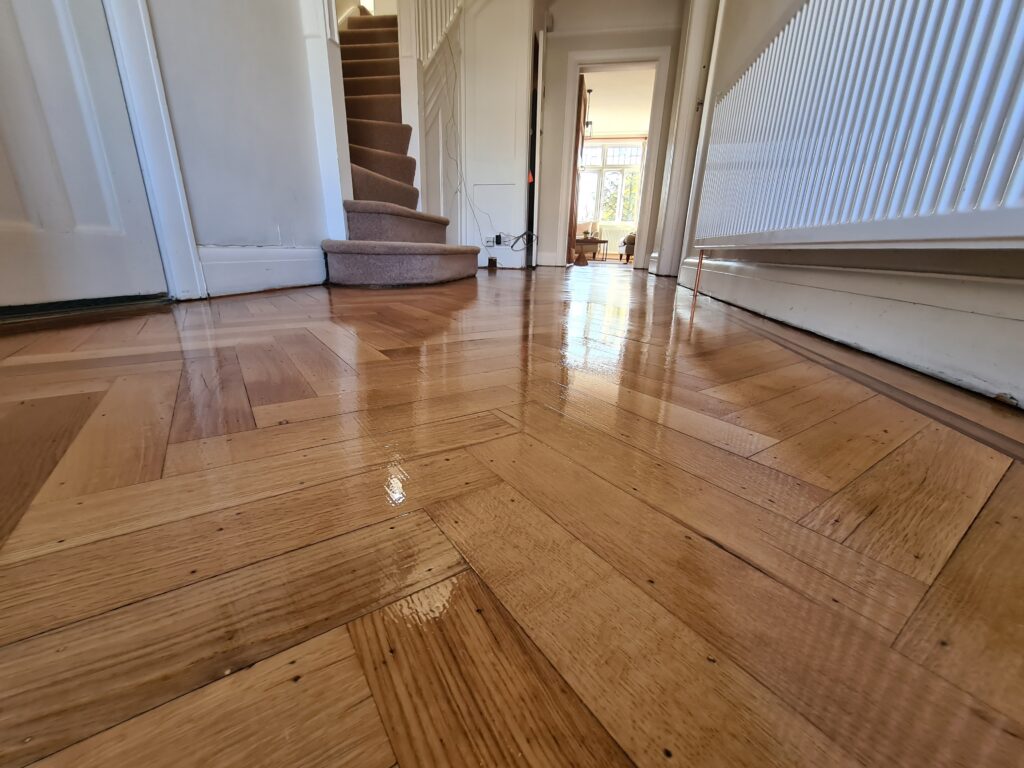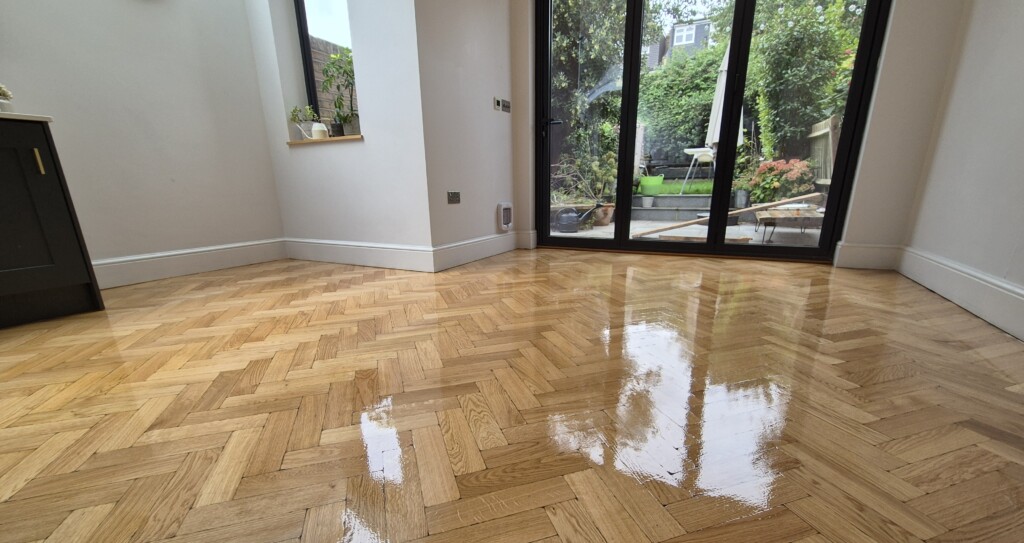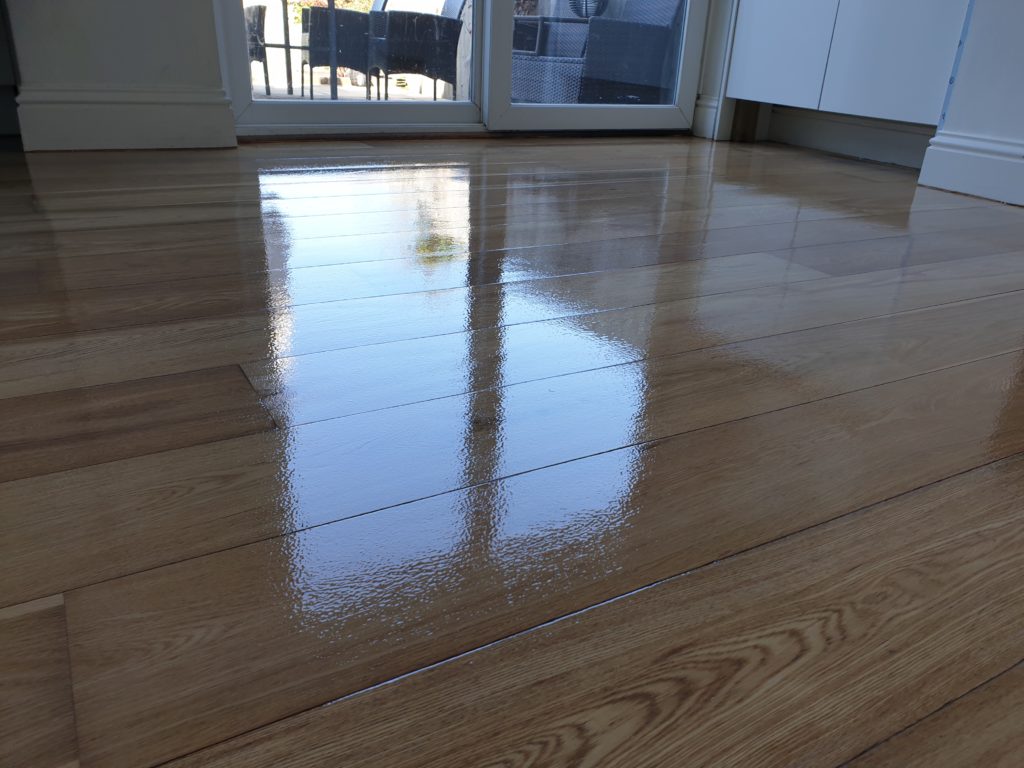Georgian floorboards
Georgian floorboards hold a significant place in architectural history due to their contribution to the elegance, character, and allure of Georgian-era homes. The Georgian period, which spanned from 1714 to 1837, witnessed the rise of neoclassical architectural styles and interior design preferences, and floorboards played a pivotal role in defining the aesthetic appeal of that era. Georgian floorboards are distinguished by their wide, solid wood planks and rich, warm tones that create a sense of timeless sophistication and grandeur. In this article, we will delve into the distinctive characteristics of Georgian floorboards, their historical significance, architectural impact, and enduring appeal in contemporary interior design.
Georgian floorboards are known for their substantial width and solid construction, often featuring wide planks of oak, pine, or other durable hardwoods. The generous dimensions of these floorboards, typically ranging from 6 to 12 inches in width, contribute to their imposing yet inviting presence within Georgian homes. These floorboards were often left untreated or finished with natural oils, allowing the inherent beauty of the wood to shine through while exuding a warm and welcoming ambiance.
During the Georgian era, floorboards were an integral part of interior design, reflecting the era’s emphasis on symmetry, proportion, and classical architectural features. Georgian homes, characterized by their graceful proportions, decorative mouldings, and refined palettes, utilized floorboards as a foundational element that complemented the overall aesthetic of the period’s interior design. The rich patina and natural character of these floorboards further contributed to the sense of history and substance within Georgian homes, symbolizing an era of craftsmanship and attention to detail.
Architectural Impact and Design Harmony
Georgian floorboards played a crucial role in creating a sense of visual continuity and harmony within interior spaces. Their broad planks and natural grain patterns served to anchor the grandeur of neoclassical architectural elements, such as elaborate mouldings, graceful cornices, and imposing fireplaces, while also providing a juxtaposition to the order and symmetry prevalent in Georgian interiors. The deep, warm hues of the floorboards added a layer of richness and elegance, balancing the formal grandeur of the era’s architectural features with a sense of warmth and comfort.
The enduring appeal of Georgian floorboards transcends their historical context, as they continue to captivate homeowners, architects, and designers seeking to infuse their spaces with a touch of timeless elegance. In contemporary interiors, Georgian floorboards contribute to a sense of heritage and authenticity, imparting a feeling of classic refinement and sophistication. Their substantial dimensions and natural beauty make them a coveted choice for those aiming to recreate the ambiance and allure of Georgian-era homes within modern settings.
Preserving and Restoring Georgian Floorboards
For homeowners and preservationists passionate about maintaining the authenticity of historic properties, preserving and restoring original Georgian floorboards is a labour of love. Restoring these floorboards involves meticulous sanding, refinishing, and, if necessary, repairing any damaged sections to bring out the inherent beauty of the wood while respecting its historical integrity. The preservation of Georgian floorboards not only honour’s the craftsmanship of the past but also ensures that their timeless allure continues to enrich the character of historic homes for generations to come.
In summary, Georgian floorboards stand as a testament to the enduring allure and timeless appeal of classic design elements within architectural history. Their distinctive characteristics, historical significance, and architectural impact underscore their position as a cherished feature in Georgian-era homes, while their enduring appeal in contemporary interior design continues to inspire enthusiasts of timeless sophistication and historic charm. Whether preserving the grand traditions of the past or integrating classic elements into modern contexts, Georgian floorboards remain a symbol of enduring elegance and architectural significance.
Victorian floorboards
Victorian floorboards hold a significant place in architectural and design history, playing a defining role in the elegance and character of Victorian-era homes. The Victorian period, spanning from 1837 to 1901, witnessed a remarkable evolution in architecture, interior design, and craftsmanship, and floorboards were integral to shaping the aesthetic and ambiance of that era. Victorian floorboards are distinguished by their narrow widths, intricate patterns, and rich, warm tones, which exude a sense of timeless sophistication and historic grandeur. In this article, we will delve into the distinctive characteristics of Victorian floorboards, their historical significance, architectural impact, and enduring allure in contemporary interior design.
Victorian floorboards are often characterized by their narrower widths, typically ranging from 2 to 4 inches, and are crafted from high-quality woods such as pine, oak, or mahogany. These floorboards often exhibit a rich patina, reflective of the passage of time and the natural aging process, which adds to their charm and character. In addition to standard straight planks, Victorian floorboards may also feature intricate inlay patterns, geometric designs, or parquetry, showcasing the era’s penchant for ornate detailing and craftsmanship.
Historical Significance
During the Victorian era, floorboards were not merely utilitarian elements but served as a canvas for self-expression and a reflection of the era’s design ethos. The intricate detailing and craftsmanship displayed in Victorian floorboards mirrored the era’s broader embrace of eclectic design influences, including Gothic Revival, Italianate, and Classical elements. Floors in Victorian homes became an integral part of the design narrative, serving as a showcase for the period’s penchant for embellishment, elegance, and decorative arts.
In summary, Victorian floorboards stand as a testament to the enduring allure and timeless appeal of classic design elements within architectural history. Their distinctive characteristics, historical significance, and architectural impact underscore their position as a cherished feature in Victorian-era homes, while their enduring appeal in contemporary interior design continues to inspire enthusiasts of timeless sophistication and historic charm. Whether preserving the grand traditions of the past or integrating classic elements into modern contexts, Victorian floorboards remain a symbol of enduring elegance and architectural significance.
Edwardian floorboards
Edwardian floorboards exude a timeless charm and are an integral part of the architectural and design legacy of the Edwardian era, which spanned from 1901 to 1910. These floorboards, characterized by their wider widths and understated elegance, play a significant role in defining the character and ambiance of Edwardian homes. In this article, we’ll explore the distinctive characteristics of Edwardian floorboards, their historical significance, and their enduring appeal in contemporary interior design.
Edwardian floorboards are known for their wider widths compared to their Victorian counterparts, typically ranging from 5 to 7 inches. These boards often exhibit a smoother, more refined surface than the rustic charm of Victorian floorboards, reflecting the era’s preference for a cleaner and more streamlined aesthetic. The wood used for Edwardian floorboards, such as oak, pine, or mahogany, is often prized for its natural beauty and durability, and it may display a subtler patina that adds warmth and character to the space.
During the Edwardian era, floorboards continued to be crafted with meticulous attention to detail, reflecting the era’s design ethos of refined elegance, craftsmanship, and a departure from the ornate embellishments of the Victorian period. Edwardian floorboards were an essential component of creating interior spaces that exuded a sense of understated luxury and sophistication, aligning with the era’s focus on simplicity, lightness, and the influence of Art Nouveau and Arts and Crafts movements.
Architectural Impact and Design Harmony
Edwardian floorboards played a crucial role in harmonizing the architectural features of Edwardian homes, which often featured lighter and airier interiors than their predecessors. The wider planks and the smoother, more polished surfaces of Edwardian floorboards contributed to a sense of spaciousness and elegance while complementing the era’s design elements, such as generously proportioned rooms, decorative mouldings, and elegant fireplace surrounds. The subdued yet refined character of these floorboards contributed to the creation of a serene and inviting living environment.
In summary, Edwardian floorboards stand as a testament to the enduring allure and timeless appeal of classic design elements within architectural history. Their distinctive characteristics, historical significance, and architectural impact underscore their position as a cherished feature in Edwardian-era homes, while their enduring appeal in contemporary interior design continues to inspire enthusiasts of timeless elegance and historic charm. Whether preserving the grand traditions of the past or integrating classic elements into modern contexts, Edwardian floorboards remain a symbol of enduring sophistication and architectural significance.
Here at Restore Floor Sanders, we personally just love the character these Old floorboards have to offer, and so it would seem many others do too; the steadily increasing prices at reclamation yards certainly confirm this!


